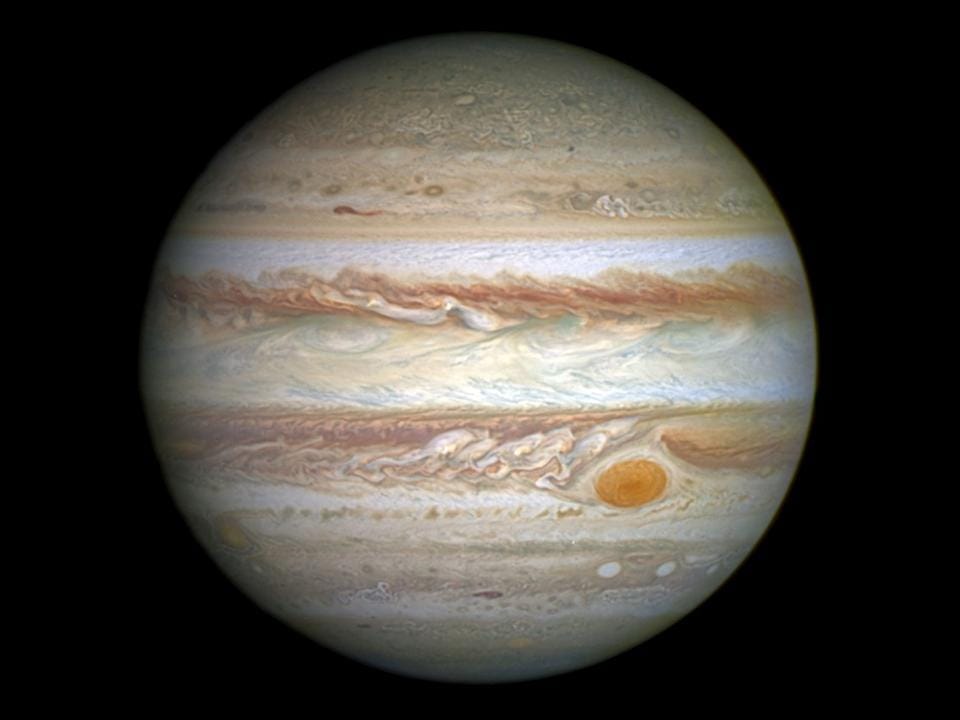
A Brazillian photographer caught a magical moment that most of us can only dream about. Here’s the story of the Jupiter explosion and how the unexpected event was captured on video.
Jupiter explosion caught on video
On Monday night, Jose Luis Pereira, an astrophotographer from Sao Paulo, Brazil was indulging in his favorite hobby, taking pictures and videos of Jupiter, his favorite planet. However, he happed to capture a video of a bright white flash. It was that of a giant object, mostly a rock hitting Jupiter’s gaseous atmosphere. “I was thinking about disassembling the (telescope and cameras, but) decided to wait,” said Pereira. He initially did not expect to capture anything nice since it was a cloudy night.
The crash occurred at 11:39 pm in Brazil. However, Pereira did not realize it till he watched the recording the next morning. “For me, it was a moment of great emotion, as I have been looking for a record of this event for many years,” he added. Pereira’s Facebook page is full of high-res images of Jupiter and other planets. He added that he plans to post more images later this month. “I am an assiduous planetary observer. When the planets Jupiter, Saturn, and Mars are in opposition, I try to make images — every possible night (when skies are clear),” he said.
More on the ‘explosion’
Since the observation was made under bad weather conditions, the video was processed using ‘DeTeCt’, a software that catches planetary impacts. ESA Operations, a Twitter account belonging to the European Space Agency made a note of this observation. “Not a lot of info on the impacting object yet but it’s likely to be large and/or fast!” they tweeted.
Additionally, capture by the members of Société Lorraine d’Astronomie from the Astroqueyras observatory in St-Véran, France aligns with the time specified by Pereira.
Here’s how you can see the planets
Despite being 378 million miles away from Earth, you can see the massive gas planet without using fancy equipment. Go outside on a clear night after sundown and look towards the southeast. Then look a little more towards the east to watch the planet rise and fly over you into the southwest. As the Earth rotates, it is accompanied by a smaller spot. This spot is none other than Saturn.
However, despite Jupiter’s small appearance in the night sky, the planet is twice the size of all the other planets combines. As per NASA, “If Earth were the size of a nickel, Jupiter would be about as big as a basketball.” After all, Jupiter is so large that it can fit over 1,300 Earths inside it.
